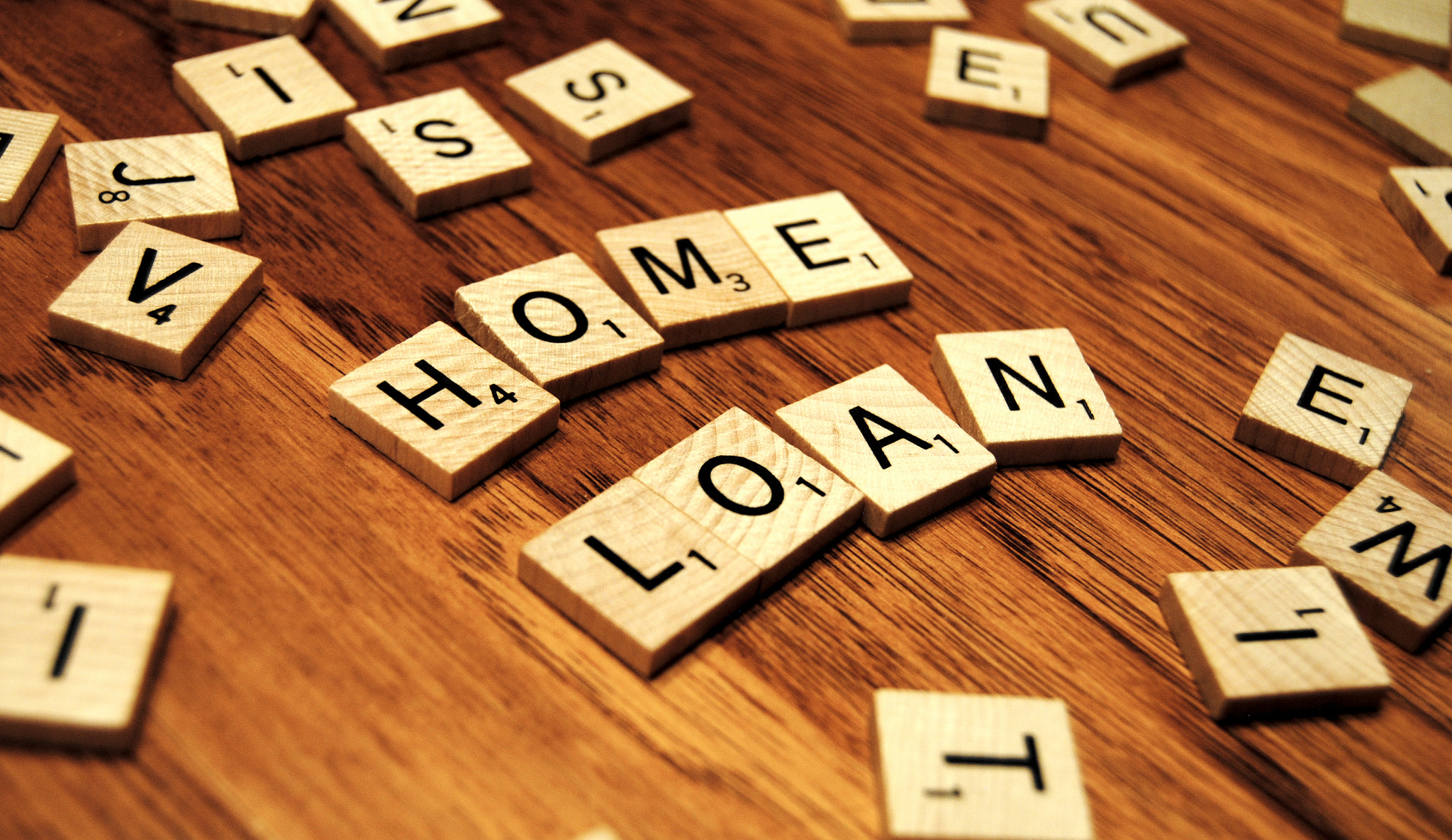Do home loans become a little too much for you to consume because it involves big money? We’ve broken down all the essentials you need!
If personal loans are loans you take out for personal use, home loans are loans you take out specifically to buy a house. On the surface it sounds pretty straightforward, but there are some important wrinkles unique to home loans that’s worth exploring.
You Have to Put Some Money Down Yourself
First off, the bank won’t lend you all the money you need for your new house (with exceptions; more on that later). They will usually loan out 80% to 90% of the home’s purchase price to a borrower. This means that you have to come up with 10% to 20% of the property’s market price yourself before applying for said loan so you can buy the house.
Why don’t banks just loan you 100% of the money you need like they can with personal loans? The short of it is that historically, when they did, it hasn’t been profitable for them to do so. Houses are expensive and people often take 20 to 30 years at least to pay off their home loan. That’s a long time for a bank to wait on their returns. It’s also a long enough time that borrowers’ financial standing might change such that they may not be able to continue paying the loan, which means further losses on the banks’ part if they default.
To protect themselves from these risks, banks only elect to lend out a certain percentage. Big enough to make the loan worth it, but also just short enough to make the borrower commit to the loan.
What You Need to Know About Home Loans Share on XYour House is Used as Collateral
 Another difference between home loans and personal loans is that there are no unsecured home loans. The house you’re buying is always used as security. That is to say, if you can’t properly pay your dues, the bank can take the property over. This, together with the maximum amount of 80%-90% of the market price that the bank is willing to loan you are used to ensure that the bank doesn’t lose out too much by lending you money for your house.
Another difference between home loans and personal loans is that there are no unsecured home loans. The house you’re buying is always used as security. That is to say, if you can’t properly pay your dues, the bank can take the property over. This, together with the maximum amount of 80%-90% of the market price that the bank is willing to loan you are used to ensure that the bank doesn’t lose out too much by lending you money for your house.
What About That Exception You Mentioned?
Oh yeah. That’s referring to the My First Home Scheme or Skim Rumah Pertamaku set up by the government back in 2011. Aimed at assisting young adults to own a home, it allows homebuyers to obtain 100% financing from financial institutions so they can own a home without needing to have the 10%-20% down payment on hand.
There are specific conditions you have to meet to fit into this category of course. Also, if you’re borrowing under this scheme and not paying any down payment, it means you have to pay back 100% of the market price for the property you’re buying. This means a longer loan term, naturally.
Ah Okay. So What Kinds of Home Loans Are There?
There are three kinds, generally:
Term Loan
This type of loan uses a fixed interest rate that’s applied over the tenure of the loan. This means you pay the same amount every month plus interest. The good thing about these loans is that you pretty much know what to expect.
Fully Flexible Loan
This type of loan allows you the freedom to make additional payments as and when you’re able. Also, the interest rates are calculated against the reducing balance of your loan. In other words, the larger your payments, the lesser total interest is incurred over the tenure of your loan. You can also withdraw you over-payments without hassle as the loan is usually linked to a current account.
Semi-flexible Loans
This type of loan is a bit of a mix between the two. You’re still allowed to make additional payments, and those payments go toward reducing the interest rate for that loan. However, withdrawing over-payments requires a formal request from the bank, and you’re likely to incur some charges for doing so.
Documents! Which Ones Do I Need?
It depends on the bank and the loan you’re going for. You can call them ahead to know what sort of documents you need. The ones commonly asked for are:
- Photocopies of your NRIC (or passport for non-residents)
- Income statements (3 or 6 months depending on the type of loan)
- Proof of your other existing loans (e.g. car loans)
- Personal details of your guarantor if your application requires one
- Booking receipt of your desired property
- Educational qualifications
- Latest EPF or LHDN statements
If we’ve missed out anything you’ve learned from experience with home loans, be sure to drop us your thoughts in the comments section below – we’d love to hear from you.
–RINGGITPLUS

